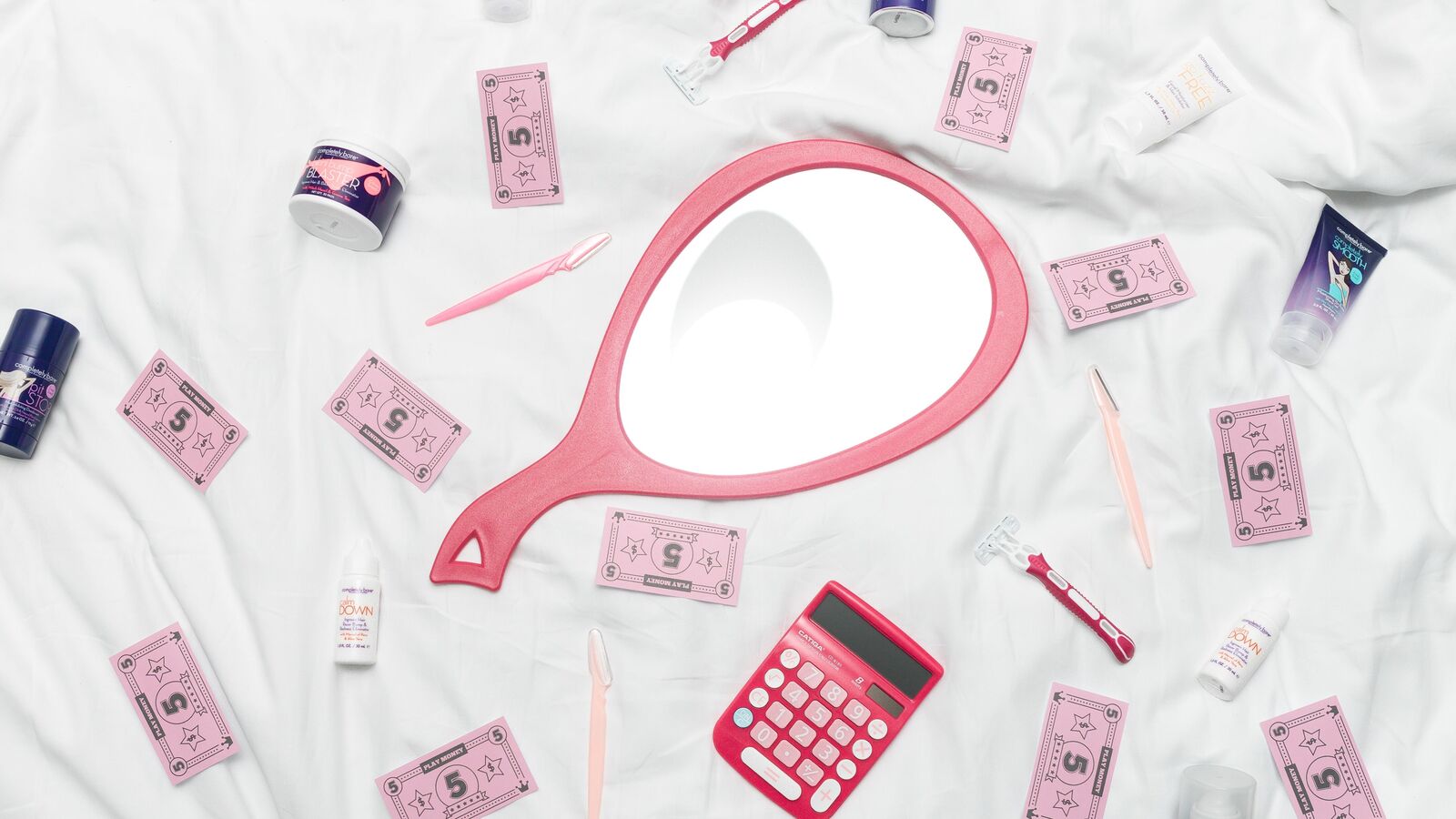When shopping for everyday items like personal care products and clothing, women often face a hidden cost known as the ‘Pink Tax’. This phenomenon refers to the higher prices charged for products and services marketed to women than those marketed to men. The pink tax is more than just a pricing variation; it’s a reflection of deep-seated gender inequality that has significant economic implications.
The scope of the pink tax
The pink tax affects many products and services, from razors and shampoos to dry cleaning. Studies have found that women pay, on average, 7% more for products marketed to them, with the difference rising to 13% for personal items. This disparity isn’t limited to physical goods; it extends to services like haircuts and financial products like loans and insurance, where women often face higher premiums regardless of their risk profiles.
For instance, a basic pink razor can cost significantly more than a blue one, even though the only noticeable difference is the colour. This pricing bias is not only unfair but also unjustifiable, as it forces women to pay more for essentially the same products.
Economic impact and implications
The pink tax is not a minor inconvenience; it has substantial economic consequences for women. Over a lifetime, the additional costs can add up to thousands of rupees. It directly affects the scope of savings and investments for women and, in turn, their financial independence. This economic burden maximises existing gender inequalities and limits women’s economic empowerment.
Moreover, the pink tax reinforces harmful stereotypes, suggesting that products for women are somehow more luxurious or special, thus justifying the higher price. This perpetuates the notion that women’s needs are less important and that they are willing to pay more simply because they are women. This bias can harm women’s self-esteem and their perception of value in the marketplace.
Facing the challenges for societal progress
In recent years, there has been growing awareness and activism against the pink tax. Consumer organisations, activists, and policymakers have started to address this issue by advocating for fair pricing practices. At the same time, countries like Australia, Canada, and the United Kingdom have introduced legislation to ban or regulate gender-based pricing discrepancies.
However, many businesses defend these price differences by citing higher costs associated with research, marketing, and production of women’s products. This justification often overlooks the fact that women frequently lack the option to purchase lower-priced, gender-neutral alternatives. Additionally, it ignores the reality that many gender-based price differences exist even when there is no substantial difference in the product besides its packaging or marketing.
Steps toward gender equality
Addressing the pink tax requires combined efforts from various stakeholders. Educating consumers about the pink tax and encouraging them to compare prices for similar products can help create a more informed and proactive consumer base. Also, advocating for companies to provide clear and transparent pricing justifications for gender-based price discrepancies can push businesses to reconsider their pricing strategies.
Furthermore, it is crucial to encourage lawmakers to introduce and enforce legislation that bans or regulates the pink tax for long-term change. Supporting companies that offer fair pricing and avoiding those that engage in gender-based pricing disparities can drive market change through consumer demand. Lastly, encouraging retailers and manufacturers to adopt gender-neutral marketing approaches can help eliminate stereotypes contributing to price differences.
Final word
The pink tax is an issue that imposes an unfair financial burden on women and perpetuates gender inequality. We can challenge the assumptions and biases that sustain this pricing disparity by raising awareness, demanding transparency, supporting legislation, and making conscious consumer choices. It’s time to push for a marketplace where pricing is fair and equitable, regardless of gender.
Harsh Punjabee, Founder & CEO, SMEST
